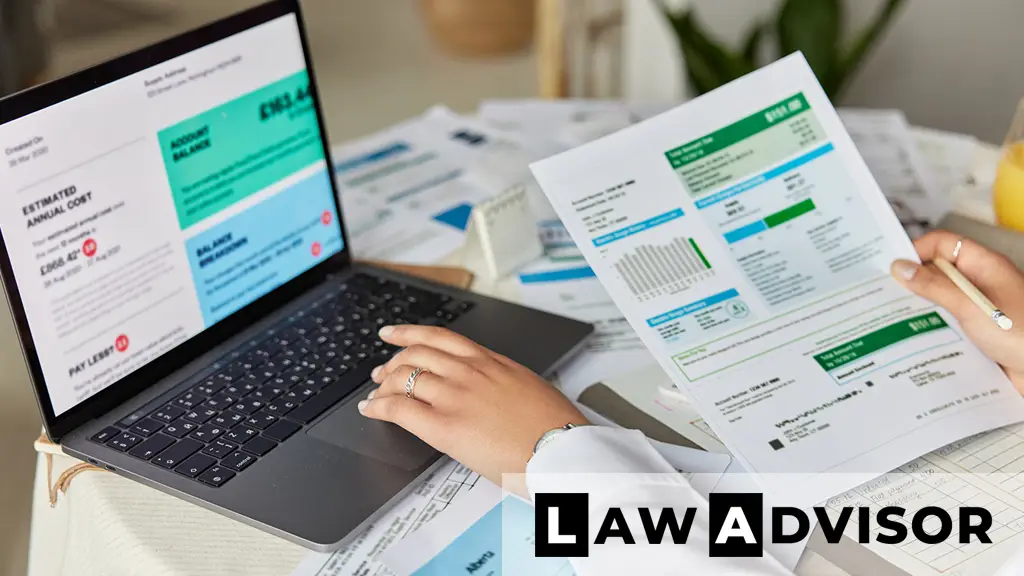If you’ve been in a car accident, your actions in the first few moments can significantly impact your safety, your legal rights, and any insurance claims that follow. This guide explains exactly what to do after a crash, from the scene of the accident to the final stages of recovery and legal resolution. Whether the incident was minor or severe, following a step-by-step legal approach ensures you protect yourself fully.
Step 1: Ensure Safety and Call for Help
Immediately check for injuries. If anyone is hurt, call emergency services without delay. Move to a safe location if your vehicle is drivable and doing so is safe. Turn on your hazard lights to alert other drivers. Prioritizing health and safety is the first legal and moral responsibility in any accident scenario.
Step 2: Contact the Police and File a Report
Even in minor accidents, you should contact local law enforcement. A police report serves as an official record and is often required by insurance companies. Do not admit fault at the scene. Simply describe what happened and let the officers document the facts. Request a copy of the report or get the report number for later retrieval.
Step 3: Exchange Information with All Involved Parties
Collect the following information from every driver involved:
- Full name and contact details
- Insurance company and policy number
- Driver’s license and license plate number
- Make, model, and color of each vehicle
If there are any witnesses, ask for their names and phone numbers. Avoid discussing blame or making assumptions.
Step 4: Document the Scene Thoroughly
Take photos or videos of:
- All vehicles from multiple angles
- License plates
- Road conditions, traffic signs, and any debris
- Visible injuries
- Skid marks and vehicle damage
This evidence supports your version of events and can be critical in legal or insurance disputes.
Step 5: Notify Your Insurance Company Promptly
Inform your insurance provider as soon as possible. Most policies require prompt notification to process claims. Be honest but concise. Provide them with:
- The police report number
- Names and insurance details of others involved
- Photographs and evidence from the scene
Do not provide a recorded statement until you’ve reviewed your policy or spoken to a lawyer if needed.
Step 6: Seek Medical Attention and Keep Records
Even if you feel fine, some injuries, like whiplash or internal trauma, may appear later. Visit a medical professional for a full evaluation. Retain all medical reports, receipts, and prescriptions. These documents are essential if you need to claim compensation for medical expenses or pain and suffering.
Step 7: Understand Your Legal Options
Depending on the accident’s severity, you may face medical costs, vehicle repairs, or even lawsuits. You might also be entitled to compensation if another party was at fault. Consider consulting a personal injury attorney, especially if:
- There are serious injuries
- Liability is disputed
- The insurance company denies or delays your claim
- You’re unsure about settlement amounts
Legal guidance helps you avoid costly mistakes.
Step 8: Avoid Social Media and Public Comments
What you post online can be used against you. Avoid discussing the accident or injuries on social media platforms. Even harmless comments may be misinterpreted or used to challenge your credibility during insurance negotiations or lawsuits.
Step 9: Follow Up with Repairs and Claims
Once your insurance claim is underway, follow up consistently. Review repair estimates and keep all documentation. If the vehicle is totaled, understand your policy’s payout process. Make sure you’re not pressured into accepting a low settlement before knowing the full extent of your damages and injuries.
Step 10: Monitor for Symptoms and Legal Deadlines
After an accident, some injuries manifest over time. Keep a journal documenting any pain, emotional distress, or reduced mobility. Additionally, be aware of your state’s statute of limitations for filing a lawsuit. If you wait too long, you may lose your right to compensation entirely.
Final Thoughts
Getting into a car accident is stressful, but taking clear legal steps afterward can protect your rights and strengthen any claim you need to make. Stay calm, document everything, and don’t hesitate to seek professional legal advice when needed. For further legal guidance, visit Nolo’s Car Accident Legal Resources.
🧠 You May Wanna Check Out:
- How Long Does a Personal Injury Lawsuit Take
- How Insurance Companies Calculate Personal Injury Settlements?
- Common Mistakes That Can Ruin Your Injury Case
Frequently Asked Questions
What should I never do after a car accident?
Never leave the scene, admit fault, or ignore injuries. Avoid giving recorded statements to insurers without preparation.
Do I need a lawyer after a minor car accident?
Not always. But if there are injuries, disputes, or denied claims, hiring a lawyer can protect your rights and compensation.
How long do I have to file an insurance claim?
It depends on your state and insurance provider, but many require filing within 30 days. Check your policy for specific deadlines.





